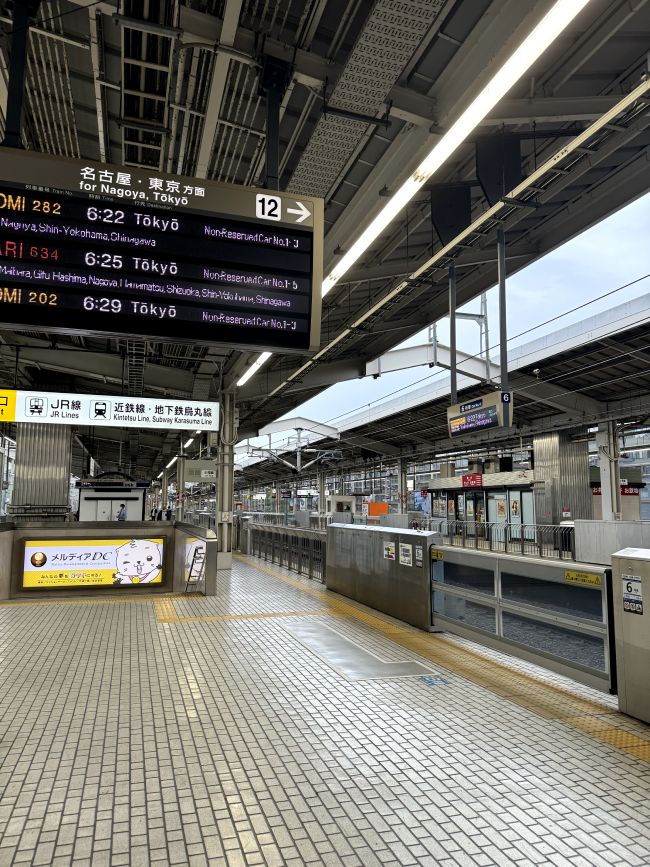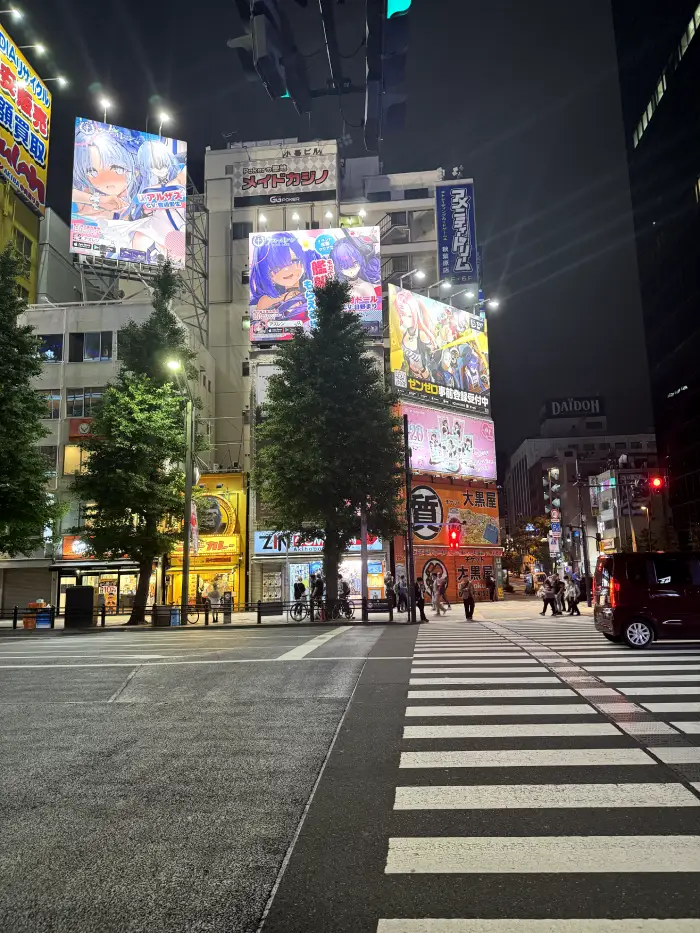Train systems in Japan are known for three things – speed, efficiency and convenience. From high-speed bullet trains – Shinkansen to conventional local trains, Japan’s rail network is well designed to make travelling across the country a piece of cake. No doubt why trains are known as the best way to get around Japan.
However, navigating the trains in Japan on your solo trip can be a little intimidating for first-timers (you’re not alone). After all, Japan’s railway network is nothing less than an advanced tech field, at least the major ones.
Honestly, I have discovered a lot about trains in Japan on my recent solo trip there – be it different types of trains, passes, etiquettes or steering across the station. So, to help you travel like a pro in Japan I have covered everything you need to know about trains here!
Type of Trains – Your Options of Travel
1. Shinkansen
With exclusive tracks and very few stops in between, the Shinkansen, a.k.a the bullet train, is an ideal choice to transfer between two cities like Tokyo, Kyoto, Osaka, and Hiroshima in no time.
Do not forget to reserve your seats, especially if you are travelling during the peak hours. As for cost, you have to pay an additional fee with the base fare. That said, if you have invested in a JR Pass, it covers Shinkansen on most of the lines, except Nozomi and Mizuho.
2. Limited Express
If we consider all the factors, Limited Express is a step down from the Shinkansen. These trains, like the Shinkansen, operate with fewer stops and require an added fee. However, it is less than the Shinkansen.
3. Rapid and Local
If you are travelling for a shorter distance, both rapid and local trains are a good option. Plus, if you are on a budget, these two options are more economical.
You can board both the trains with a regular ticket in hand. So, you must be wondering how the two differ. Well, the only difference is rapids comparatively take less time as it does not stop at every stop like the local.
Tickets and Passes – Simplify Your Train Travel
1. JR Pass – Japan Rail Pass
If you have been in Japan for a long time, a JR Pass is a must-have. What more? You have options. Yes, you can choose the JR Pass either for seven days at $329, 14 days at $533, or 21 days at $666 days.
But, remember you need to buy the pass before you arrive in Japan. The pass covers JR-operated trains, including Shinkansen, rapids, and locals, as well as buses.
2. IC Card
IC Cards like PASMO, Suica, etc., are nothing less than a magician’s wand. It’s prepaid and eases the transaction process almost everywhere in Japan. Plus, it does not put a hole in your pocket, and you can top up these cards as you require at kiosks or ticket machines. You can use it on most trains and buses and even at convenience stores like 7/11.
3. Regular Ticket
A regular ticket is the most basic form of ticket. It is a single ticket that you need to purchase to board a train. The cost of the ticket depends on the station you are travelling to.
4. Regional Passes
Regional passes are sort of a day pass with 24-hour validity of a particular region. Many of Japan’s cities offer such passes like Tokyo, Sapporo, Hiroshima, etc. It allows you to travel freely with unlimited access to trains, buses, metros and trams and explore at your own pace.
Tips to Steer Across Stations
Once you have purchased tickets or have your passes, it’s time to board the train. But don’t be worried about navigating the stations. Here are some tips to keep in mind:
- Watch for signage. Yes, stations in Japan do feature signage in English.
- If you are a JR Pass holder, go towards the allocated glass booth to verify your pass.
- Before you stand in a queue, make sure you are on the right line.
- If you have some extra time in hand, if you are confused, ask for help at the information centre.
Japan Train Etiquettes – Do’s and Don’ts as a Solo Traveller
Now, we know how much the Japanese value their etiquette. And even while travelling on a train you must follow them. Here are some etiquettes you must keep track of:
- Be on time for smooth boarding – Japan is the most punctual country you will ever step into.
- Do not cut the queue and stand at the designated position.
- Before boarding, allow fellow passengers to exit.
- Maintain a soft pitch and avoid receiving calls on the train.
- If travelling on a local train, do not eat on the go.
- Carry minimum to no luggage as space inside the train is limited.
Plan Your Routes Right
While travelling as a solo traveller in Japan, first get your routes right. A solid itinerary is the main reason behind a successful trip. So, plan even your train rides. If you are on a budget, along with the routes, check out the fares to schedule your train journeys in Japan.
Are You Prepared for Train Travel in Japan?

Whether you want to whisk between cities at an incredible speed or take up a window seat to explore the picturesque villages and towns – trains in Japan are always at your service.
Apart from that, do you know the best part of travelling by train in Japan? You can travel hands-free on the Japan train; just store your luggage in a coin locker or transfer it to your next destination before boarding. No more squishing in your luggage, isn’t that great?
With that, you are all set to board a train in Japan without being intimidated. Trust me, train rides will become the most enjoyable part of your solo trip to Japan.








Leave a Reply